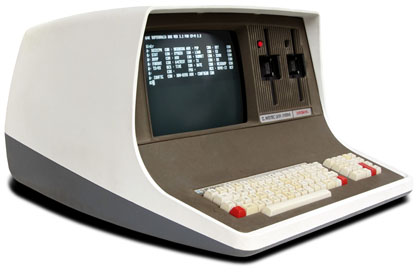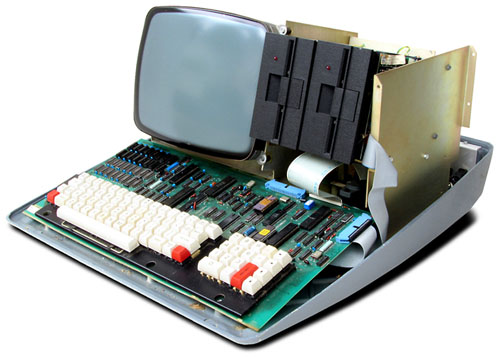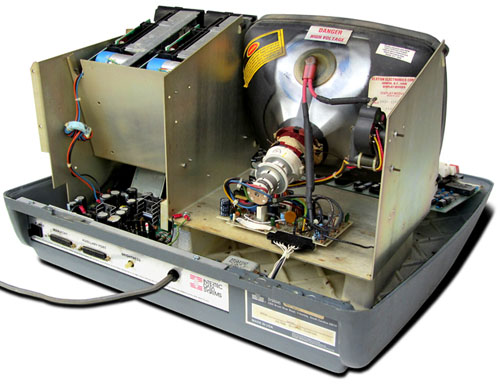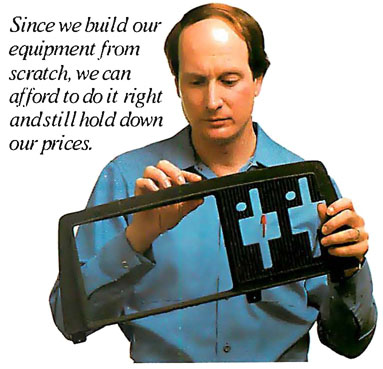

|


 The SuperBrain has that classic, sweeping, futuristic computer look, what one might imagine the first computer looked like, and the name evokes
images of technological superiority.
It's not the first computer, of course, by this time many others have existed for over half a decade.
The SuperBrain has that classic, sweeping, futuristic computer look, what one might imagine the first computer looked like, and the name evokes
images of technological superiority.
It's not the first computer, of course, by this time many others have existed for over half a decade.


|

|